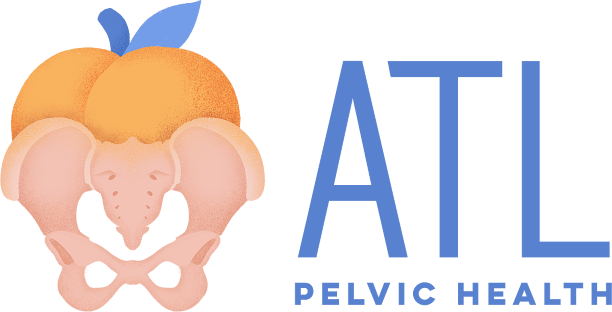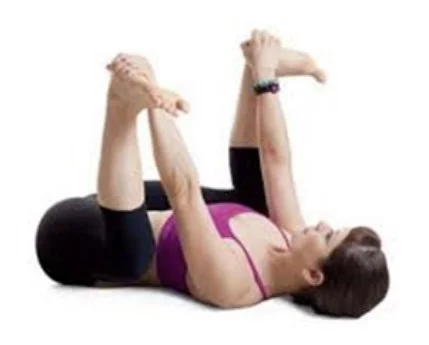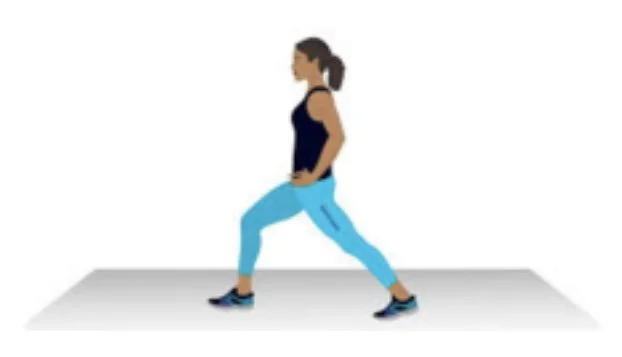7 Key Strategies for Managing Endometriosis with Pelvic Health Therapy
1. Understand That Endo Is a Whole-Body Condition
Endo isn’t just a “reproductive issue”—it’s a systemic inflammatory disease. Pain may start in the pelvis, but symptoms can radiate into the back, abdomen, hips, and thighs. It often impacts bladder and bowel function, energy levels, and even mood. A narrow focus on gynecological symptoms won’t address the full picture. Healing starts when we understand that endo affects multiple systems—and treatment should too.
2. Minimize Pain-Generating Signals
Endo creates chronic pain signals that can lead to central sensitization (when the nervous system becomes hypersensitive). Pelvic floor therapy focuses on calming these pain signals through gentle, hands-on techniques, breathwork, and retraining the nervous system—not just strengthening muscles. We help the body “unlearn” pain patterns.
One of our favorite ways to help calm down the nervous system is to focus on taking slow, deep breaths. Inhale for 3-5 seconds through the nose (expanding belly and ribs outwards). Pause for one second, keeping the pelvic floor open. Then exhale for longer, about 5-6 seconds (relaxing the belly and ribs). Repeat 5 repetitions, multiple times a day. Give this a try and see how you notice tension releasing throughout your body.
3. Address Musculoskeletal Dysfunction
Muscles in the pelvis, hips, abdomen, and back often tighten to guard against pain. This compensation can lead to trigger points, nerve irritation, and limited mobility. Pelvic floor therapy helps release this tension and improve alignment so your muscles can support you—not hold you hostage. Here are a few of our favorite stretches to help reduce tension in the hips and pelvis while improving mobility in the spine:
Figure 4 Stretch
The figure 4 stretch targets the glutes and deep hip muscles, especially the piriformis, which can become tight in people with chronic pelvic pain. To perform it, lie on your back and cross one ankle over the opposite knee, forming a “4” shape. Gently pull the uncrossed thigh toward your chest. This stretch helps release tension around the pelvis and lower back, promoting more balanced mobility.
Happy Baby Pose
This yoga-inspired stretch gently opens the hips, lengthens the pelvic floor, and supports nervous system regulation—making it ideal for those with endometriosis-related pelvic tension. Lie on your back, bring your knees toward your chest, and hold the outer edges of your feet with your hands. Let the knees drop toward the floor while keeping your spine grounded. Breathe deeply and soften into the stretch.
Hip Flexor Stretch
Tight hip flexors can increase strain on the pelvis and lower back. To stretch them, kneel on one knee with the opposite foot in front, forming a 90-degree angle. Gently shift your weight forward until you feel a stretch in the front of the hip and thigh of the back leg. This stretch encourages more openness through the front body and relieves pressure that may contribute to pain flare-ups.
Abdominal Stretch with Spinal Extension (Gentle Cobra or Sphinx Pose)
This gentle backbend helps lengthen abdominal tissues, which can become restricted due to inflammation, scar tissue, or protective tension. Lie face-down and prop yourself up on your forearms (Sphinx) or palms (Gentle Cobra), keeping your hips grounded. Press through your hands and lift your chest, allowing your belly to stretch. This can improve fascial mobility and provide relief for abdominal cramping or tightness.
4. Support Digestive Health
Constipation, bloating, and gut inflammation are common with endo. We assess bowel habits, body mechanics for toileting, and provide strategies to improve motility and reduce strain. The gut and pelvic floor are deeply connected—so when we support digestion, we often reduce pelvic pain. We love stretches and mobility exercises that focus on moving the spine and opening up the hips and pelvis.
5. Identify and Reduce Triggers
Whether it’s certain foods, stress, or movement patterns, part of managing endo is identifying what contributes to flare-ups. We help you track symptoms and build awareness, then offer practical tools—from breath techniques to anti-inflammatory nutrition guidance—to help reduce triggers.
6. Practice Trauma-Informed, Compassionate Care
Endo is physically and emotionally draining. Many people with endo have had their pain dismissed for years. At ATL Pelvic Health, we provide a safe, validating space to heal. We go at your pace, use consent-based care, and prioritize your comfort.
7. Work with an Informed, Collaborative Team
One of the most powerful takeaways from Beating Endo is that no one provider can do it all. Endo often requires a team: an excision surgeon, pelvic floor therapist, pain management, mental health support, and more. We help guide your care, refer to trusted providers, and ensure you’re never navigating this alone.
The pain is not just in your head. And There’s Help.
If you’re struggling with endometriosis and feel like no one is connecting the dots, we see you. Pelvic floor therapy is a critical part of the endo journey—and we’re here to help.
Want to learn more about our Endo Support Program? Schedule a consultation today!




